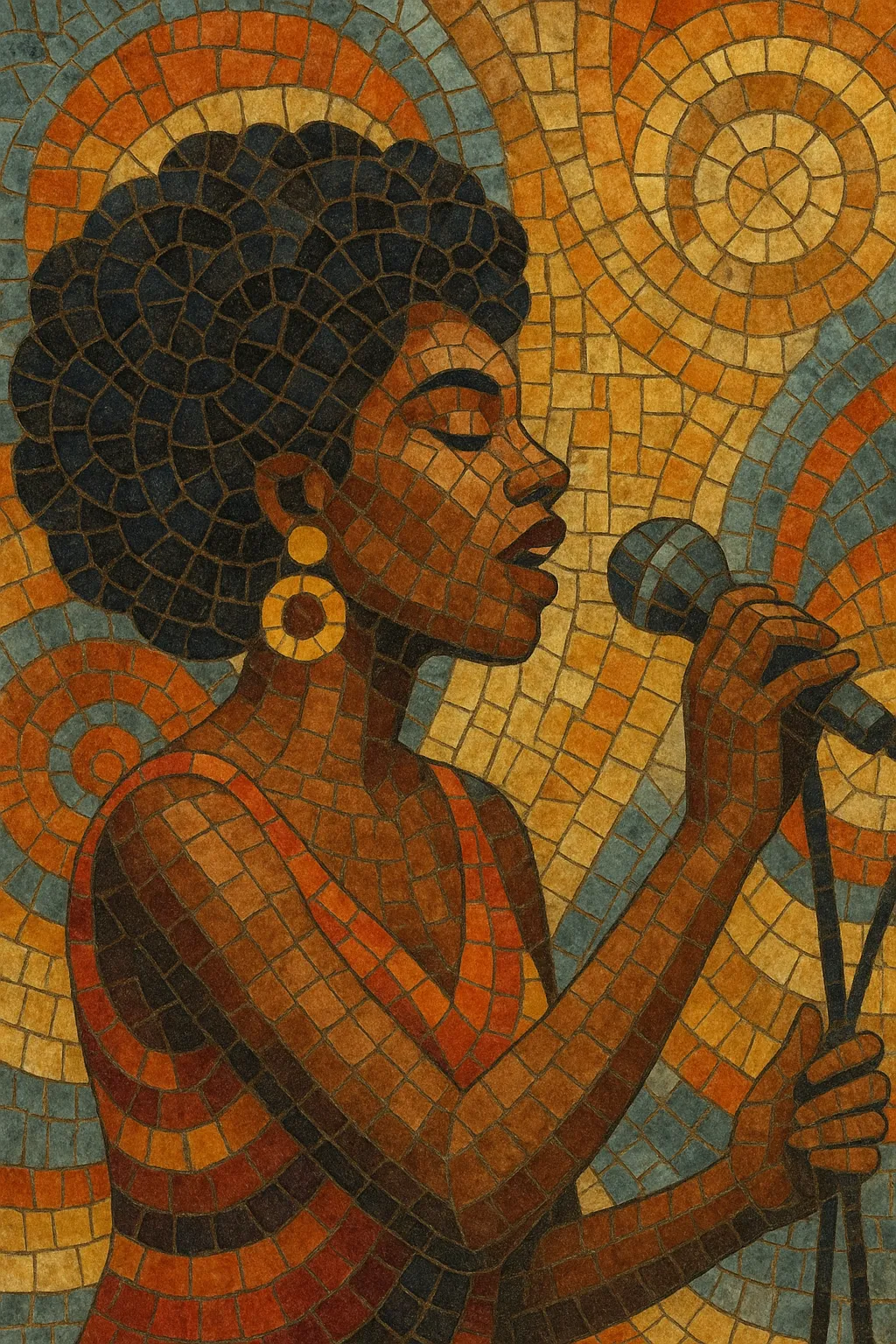Pop soul is a crossover style that blends the emotive vocals, gospel-rooted harmonies, and backbeat of soul music with the concise song forms, catchy hooks, and polished production of mainstream pop. It emphasizes memorable choruses, smooth lead vocals, tight background harmonies, and radio-friendly arrangements designed for broad appeal.
The sound is often defined by a crisp rhythm section, tambourine on the backbeat, melodic bass lines, piano/organ comping, handclaps, and lush string or horn arrangements. Originating with the Motown hit-making model, pop soul prized sophisticated songwriting and sleek studio craft that could connect equally on the dance floor and the pop charts.
Pop soul emerged in the early-to-mid 1960s in the United States, most visibly through the Motown ecosystem in Detroit. Label founder Berry Gordy, the songwriting/production team Holland–Dozier–Holland, and the Funk Brothers studio band shaped a sound that fused gospel-inflected soul with pop economy and sheen. Artists such as The Supremes, The Temptations, Smokey Robinson & the Miracles, Marvin Gaye, and the Jackson 5 embodied this approach, prioritizing tight arrangements, universal lyrical themes, and crossover accessibility.
In the early 1970s, Philadelphia International Records (Kenny Gamble and Leon Huff) refined the pop-soul template with the smoother, orchestrated textures of Philadelphia soul—string sections, elegant horn lines, and sophisticated rhythm arrangements—further cementing pop soul’s mass appeal. This era bridged late-’60s Motown sensibilities with a lusher, urbane sound that set the stage for quiet storm and contemporary R&B.
The crossover logic of pop soul informed megastars of the 1980s such as Whitney Houston and Lionel Richie, whose repertoire balanced soulful delivery with chart-ready pop production. Producers like Quincy Jones demonstrated how pop craft and soul-rooted performance could drive global hits. By the late 1980s and 1990s, pop soul’s blueprint fed directly into contemporary R&B and new jack swing, pairing glossy arrangements with modern drum programming and hip‑hop-informed grooves.
In the 2000s and 2010s, artists frequently revisited the classic pop-soul palette—live rhythm sections, stacked harmonies, and string flourishes—while integrating contemporary pop and R&B sonics. The style remains a dependable crossover vehicle: concise, hook-heavy songwriting and a soulful vocal core that resonates across formats and generations.


